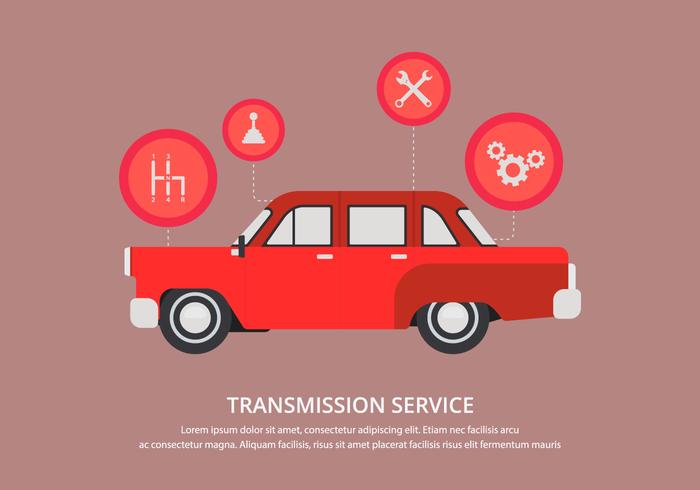Assessing Your Auto'S Caution Indicators: What They Really Convey
Assessing Your Auto'S Caution Indicators: What They Really Convey
Blog Article
Write-Up Created By-Lim Stark
When you lag the wheel, those glowing warning lights on your dashboard can be a bit difficult. Do you understand what they're trying to inform you regarding your vehicle's health and wellness? Recognizing the relevance of these lights is important for your safety and security and the longevity of your lorry. So, the next time among those lights turns up, wouldn't you want to decipher its message properly and take the required steps to address it?
Common Warning Lights and Interpretations
Identify common warning lights in your automobile and comprehend their definitions to ensure secure driving.
The most typical caution lights consist of the check engine light, which signals problems with the engine or emissions system. If this light comes on, it's essential to have your vehicle examined quickly.
The oil pressure cautioning light suggests low oil stress, needing prompt focus to stop engine damages.
A blinking battery light could suggest a defective billing system, potentially leaving you stranded if not addressed.
The tire pressure tracking system (TPMS) light informs you to low tire pressure, impacting car security and fuel effectiveness. Neglecting this might result in risky driving conditions.
The abdominal light shows a trouble with the anti-lock stopping system, endangering your ability to quit swiftly in emergencies.
Last but not least, the coolant temperature level alerting light warns of engine overheating, which can lead to severe damages otherwise dealt with quickly.
Comprehending https://www.barrons.com/articles/inflation-auto-parts-51650379011 will assist you address issues quickly and maintain safe driving conditions.
Value of Prompt Interest
Recognizing the typical caution lights in your cars and truck is only the first step; the importance of promptly resolving these cautions can't be emphasized enough to guarantee your safety on the road.
When a warning light brightens on your dashboard, it's your vehicle's way of interacting a possible issue that needs attention. Overlooking these cautions can result in much more severe troubles down the road, compromising your security and possibly costing you a lot more out of commission.
https://brakeshops06273.blogrenanda.com/38249796/how-mobile-vehicle-outlining-providers-can-conserve-you-time-and-money to warning lights can prevent breakdowns and mishaps. For example, a flashing check engine light could show a misfire that, if left ignored, can trigger damage to the catalytic converter. Addressing this promptly can conserve you from an expensive repair service.
Similarly, a brake system cautioning light might signal low brake fluid or worn brake pads, essential parts for your security when driving.
Do It Yourself Troubleshooting Tips
If you observe a warning light on your control panel, there are a couple of DIY repairing pointers you can try before looking for expert help.
The first step is to consult your auto's guidebook to recognize what the particular caution light shows. In some cases the problem can be as easy as a loose gas cap causing the check engine light. Tightening the gas cap may solve the issue.
An additional common concern is a low battery, which can trigger numerous alerting lights. Examining the battery connections for corrosion and guaranteeing they're safe and secure could repair the issue.
If a caution light continues, you can try resetting it by separating the auto's battery for a few minutes and afterwards reconnecting it. In addition, checking your lorry's liquid degrees, such as oil, coolant, and brake fluid, can aid fix cautioning lights associated with these systems.
Final thought
Finally, understanding your cars and truck's caution lights is necessary for maintaining your vehicle running smoothly and securely. By without delay attending to these alerts and understanding what they indicate, you can avoid expensive repairs and potential breakdowns.
Remember to consult your auto's manual for specific details on each cautioning light and take action accordingly to ensure a trouble-free driving experience.
Keep informed, remain risk-free when traveling!
